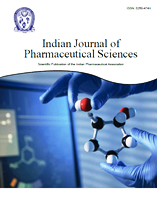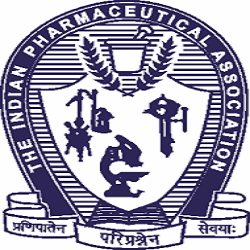Abstract
Comparison of the Effects of Sufentanil/Fentanyl Combined with Propofol on Stress Responses and Hemodynamics in Patients with Hypertensive Intracerebral Hemorrhage
Department of Anesthesiology, General Hospital of Medical Community, Keqiao District Hospital of Traditional Chinese Medicine, Shaoxing, Zhejiang 312060, China
Correspondence Address:
Jianhong Chen, Department of Anesthesiology, General Hospital of Medical Community, Keqiao District Hospital of Traditional Chinese Medicine, Shaoxing, Zhejiang 312060, China, E-mail: shu4233727@126.com
To observe the effects of sufentanil/fentanyl combined with propofol on the stress response and hemodynamics in patients with hypertensive intracerebral hemorrhage. The control group received anesthesia with fentanyl plus propofol, while the observational group received sufentanil plus propofol. The hemodynamic measures, including diastolic blood pressure, systolic blood pressure, heart rate and stress response measures, including plasma angiotensin II, aldosterone and serum norepinephrine, in the two groups 5 min before induction of anesthesia (T0), at endotracheal intubation (T1), 5 min after endotracheal intubation (T2) and at postoperative extubation (T3) were compared, and the anesthesia recovery and adverse reactions in the two groups after surgery were also compared. At T0~T3, the DBP, SBP and HR in the observational group fluctuated less than the control group (p<0.05). At T1, T2 and T3, the plasma angiotensin II, aldosterone and serum norepinephrine in the observational group were lower than those in the control group (p<0.05). There were no significant differences between the groups in the extubation time, awakening time and spontaneous breathing recovery time after surgery (p>0.05). The incidence of adverse reactions in the observational group was 12.24 % (6/49), lower than that in the control group 29.17 % (14/48) (p<0.05). Sufentanil-propofol anesthesia for patients with hypertensive intracerebral hemorrhage can steady intraoperative hemodynamic status, relieve stress responses of the body, reduce the incidence of adverse reactions and does not affect postoperative anesthesia recovery.
Full-Text | PDF



